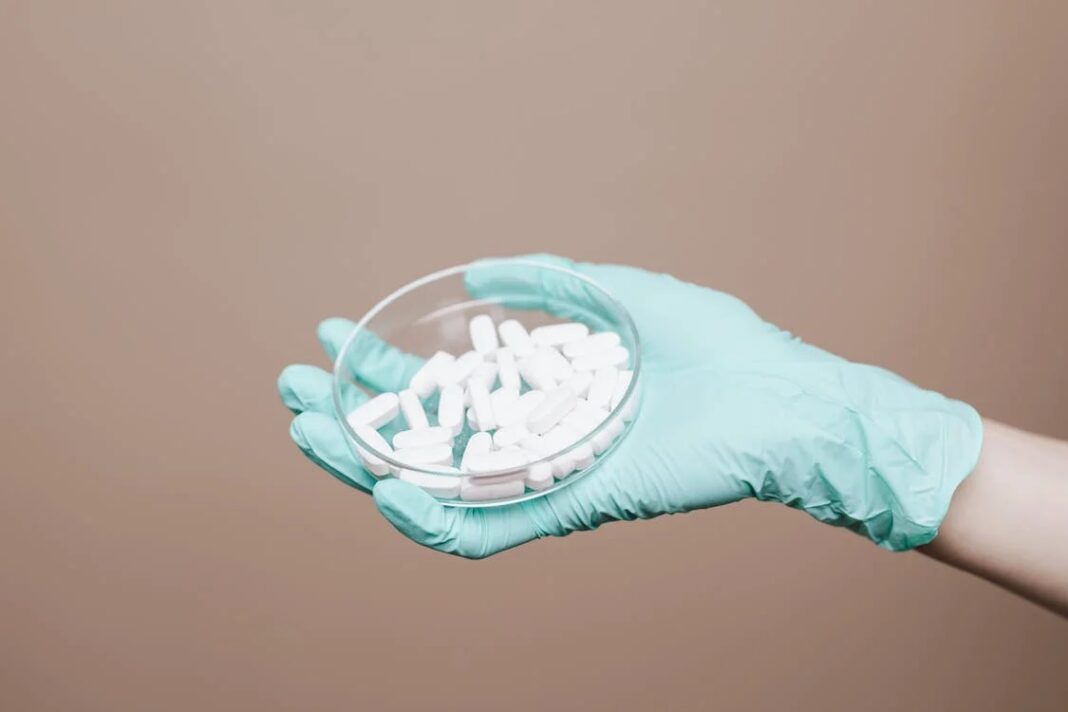The world is well aware of how dangerous opioid addiction can be. If you’re not familiar with this addiction, you only need to ask those living in the US.
According to the US CDC, between 1999 and 2021, around 645,000 people died in the US from an overdose involving opioids. Over 75 percent of 107,000 US drug overdose deaths in 2021 involved opioids.
As reported by American Addiction Centers, the opioid crisis is now spreading overseas rapidly. Places like the UK and Canada are already struggling to contain this crisis. Soon, it seems that other parts of Europe might be affected by it too.
Whether it stems from prescribed medications or recreational drugs, opioid addiction can quickly spiral out of control, leading to devastating consequences for those involved. While seeking treatment for opioid addiction is crucial for recovery, it’s essential to recognize that the journey to sobriety is not without its obstacles.
In this article, we’ll explore the roadblocks that individuals struggling with opioid addiction may encounter on their path to recovery.
Stigma and Shame
One of the most significant roadblocks individuals face when seeking treatment for opioid addiction is the pervasive stigma and shame associated with substance abuse.
Society often views addiction as a moral failing or a sign of weakness, rather than recognizing it as a complex medical condition. As a result, many individuals may feel reluctant or embarrassed to seek help for their addiction, fearing judgment or discrimination from others.
The stigma surrounding opioid addiction can also prevent individuals from being honest about their struggles, both with themselves and with healthcare providers. This reluctance to disclose the extent of their addiction can hinder the effectiveness of treatment and delay recovery efforts. Overcoming the stigma and shame associated with opioid addiction requires education, empathy, and destigmatization efforts within communities and healthcare systems.
Access to Treatment
Despite the growing recognition of the opioid epidemic, many regions still lack sufficient resources and facilities for addiction treatment and recovery support services. Long wait times for treatment programs, financial barriers, and inadequate insurance coverage can further hinder access to care for those in need.
Additionally, rural and underserved communities may face additional challenges in accessing treatment due to geographic isolation and limited healthcare infrastructure.
Apart from access to treatment, one must also be aware of the side effects opioid addiction treatment drugs can have.
Take Suboxone as an example. TorHoerman Law reports that Suboxone is used to treat opioid use disorder. However, Suboxone can lead to dental injuries like severe tooth decay. Because of this, the Suboxone lawsuits were filed.
The Suboxone tooth decay lawsuit – or Suboxone lawsuit – was filed against Indivior Inc., Aquestive Therapeutics Inc., and Reckitt Benckiser Pharmaceuticals Inc. These lawsuits aim to secure compensation for the Suboxone tooth decay victims.
Therefore, those seeking treatment need to be careful about the medication they are using. Anything that’s known to cause adverse side effects should be avoided at all costs.
Relapse
Relapse is a common and often disheartening reality for many individuals in recovery from opioid addiction. The chronic nature of addiction means that relapse is not uncommon, even after periods of sobriety and successful treatment. Various factors, such as stress, triggers, social pressure, and co-occurring mental health issues, can contribute to relapse and derail recovery efforts.
It’s essential to recognize relapse as a setback rather than a failure and to approach it with compassion and understanding. Developing coping strategies, relapse prevention skills, and a strong support network can help individuals in recovery reduce the risk of relapse.
Withdrawal Symptoms and Cravings
The physical and psychological dependence that develops with opioid use can lead to intense withdrawal symptoms when attempting to stop or reduce opioid use. According to WebMD, symptoms such as nausea, vomiting, muscle aches, insomnia, and anxiety can be uncomfortable and difficult to manage without proper medical support.
Cravings for opioids can also be overwhelming, triggering intense urges to use drugs despite the negative consequences. Managing withdrawal symptoms and cravings requires comprehensive medical detoxification and pharmacological interventions. Many might also need behavioral therapy and support to address the underlying factors contributing to addiction.
However, the fear of experiencing withdrawal symptoms can deter individuals from seeking treatment and prolong their dependence on opioids.
Social and Environmental Influences
Peer pressure, social norms, access to drugs, and socioeconomic factors can all influence patterns of substance use and recovery outcomes. Individuals may struggle to maintain sobriety if they lack supportive relationships or live in environments where drug use is prevalent and normalized.
Building a supportive and recovery-oriented community can provide individuals with the resources, encouragement, and accountability needed to sustain their recovery journey.
In conclusion, overcoming opioid addiction is a challenging process that requires addressing various roadblocks along the way. By recognizing and addressing the issues above, individuals can enhance their chances of successful recovery. It’s essential to approach addiction treatment with empathy, patience, and a commitment to supporting individuals on their journey toward healing and sobriety.
Also read Unveiling Singapore’s Top-Rated Professional Cleaning Services
